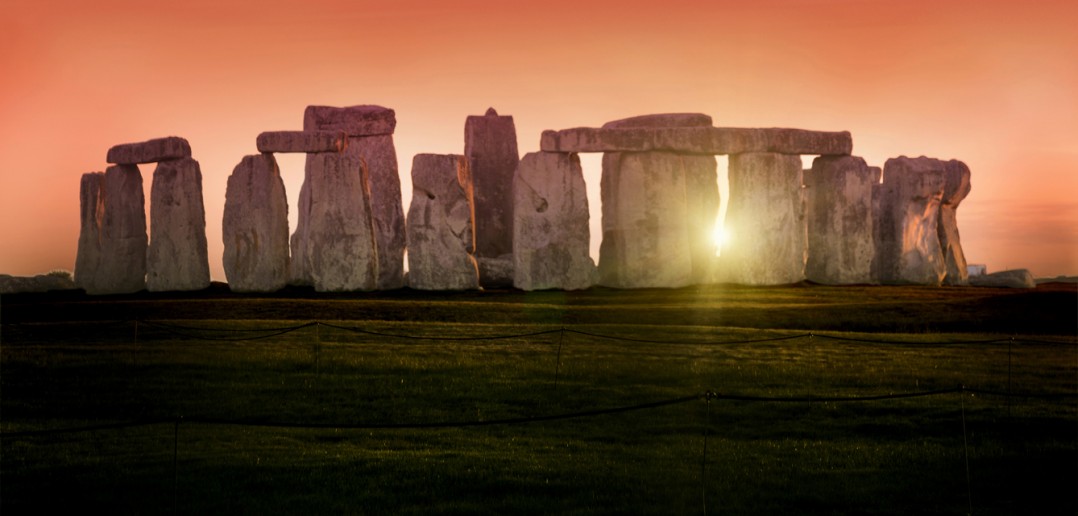Topic: March 2007


A Commonplace Book

In Britain These Days
[caption id="InBritainTheseDays_img1" align="aligncenter" width="1024"][/caption]

Streetlights of London
[caption id="StreetlightsofLondon_img1" align="aligncenter" width="1024"][/caption]

Around Our Sceptered Isle

Notes From Albion
BHT newsletter
Subscribe to our Newsletter
London Eateries
[caption id="LondonEateries_Feature" align="aligncenter" width="1024"] Veteran visitors to London know that the trendy dining rooms in the guidebooks aren’t where you usually eat after a day on the town. The eating is good in the small chains of London restaurants found in every neighborhood from Kensington to Bloomsbury.[/caption]

Timeline: The World of 1607

Ready on the Throat!

Hands Across the Sea: Duxford’s Aerodrome and the American Air Museum
MY DAD, A WORLD WAR II VET, wanted to see the Boeing B-17 Flying Fortress. We were visiting the Imperial War Museum’s Duxford Aerodrome near Cambridge, which, as it turns out, has two B-17s on its campus. Up close, the B-17 is a very scary long-range bomber, huge and bristling with machine guns—all 13 of them, spread between seven turrets. Boeing designed the aircraft in 1935 to take 5,000 pounds of bombs hundreds of miles beyond the range of a fighter escort and still manage to get its crew back alive. Alas, the machine guns were not enough to stop waves of cannon-armed German fighters; early losses reached 25 percent before the North American P-51 Mustang fighter finally provided effective cover. Dad trained as a tail gunner in a B-17, just before the war ended. I tried to imagine his view from the tail turret, facing backward within a glass enclosure at the rear of the plane. Like I said, scary.

Out of the BH Album: A Convocation of Cathedrals

The Fens: England Below Sea Level
Global sea levels are rising. This shouldn’t be news; they’ve been rising for 20,000 years, going up 300 feet since the last Ice Age, when glaciers covered Siberia and Canada. As it turned out, Britain was pretty awful during the last Ice Age, and people avoided it; mile-thick ice caps had something to do with it. When people did start appearing about 100 centuries ago, sea levels were still 150 feet below the present level, and the new settlers simply walked over from Europe; the Dover-Calais ferries now float high above their paths.

Dorchester: A Step Back
It’s easy to look back with longing at the old countryside of England, the sort you read about in Agatha Christie or see on Masterpiece Theater. Indeed, British geographer Richard Muir called the 1880s to the 1940s “The Golden Age of the English Countryside”—explaining that people had enough money for good sanitation and nice gardens but were too poor for anything else. Since then, 20th-century prosperity has left no corner of Britain unscathed, but some places have been a lot less scathed than others. In this regard, Dorset’s county town of Dorchester is a pleasant step back.

The Cornwall of Daphne du Maurier
She came from a line of distinguished eccentrics. Her great-great-grandmother, Mary Anne Clarke, dallied with the Duke of York. Her grandfather, George du Maurier, was a Punch caricaturist and novelist who wrote Trilby and Peter Ibbetson, largely unread today but wildly popular in their time. Her father, Sir George du Maurier, was a famous actor-manager who ran Wyndham’s Theatre in London. He introduced a natural style of acting, drawing gasps when he casually lit a cigarette on stage. He treated his three daughters like the sons he never had, teaching them boxing and cricket. “Uncle Jim” Barrie wrote Peter Pan for her cousins.




